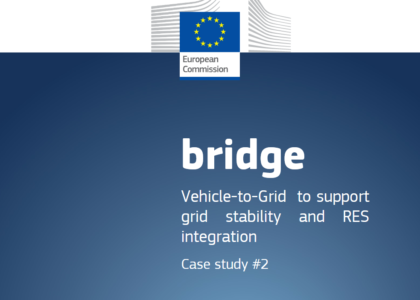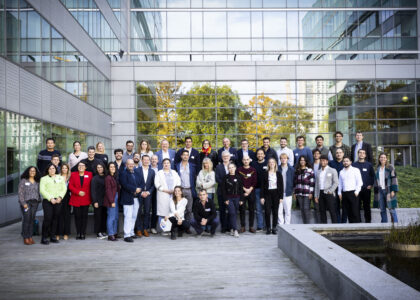by Milo Aitor, PhD researcher at IKERLAN
We are glad to announce that IKERLAN and CIRCE paper on P2P trading has been accepted at the VII Smart Grid Congress! The paper consists in a comparative analysis of a local energy community – based on P2P trading – in different geographical points of Spain, in terms of levels of energy autarky and economic benefits.
The Congreso Smart Grid takes place yearly in Madrid, Spain. This year, due to Covid-19 limitations, the Congress will take place online on 16th December 2020.
Summary
During the last months the RENAISSANCE partners IKERLAN and CIRCE collaborated closely on the implementation of the project’s theoretical concepts. The implementation covers both new electricity markets and new business models for Local Energy Communities (LECs).

sdr
The paper introduces the different electricity markets, based on the role of the agents composing the local energy community. Also, it outlines the canvas model linked to each market. In this outline, the definition of the rules and operations of the new energy exchange and services markets are key factors. Thereby, the objective is to develop different models of electricity markets, called local energy markets (LEMs).
Among LEMs authors identified three emerging models: the peer-to-peer (P2P) trading, energy storage capacity rental or demand management markets. The paper focuses on the P2P trading and compares the benefits obtained with a self-consumption (SC) scenario. The Local Energy Community, which gathers prosumers and consumers, has heterogeneous generation (viewed as PV) and consumption patterns. This derives from the fact that each consumer and prosumer has a distinct demand and supply curve. In the simulation the same LEC model was tested in three different locations to examinate different levels of irradiance. To this aim, the authors considered Spanish locations in three distinct climatic zones: Manzaneda (MZN), Mirambel (MRB) and San Miguel de Tajao (SMT).
Results
After running the simulations, the study reached the following set of results at the local energy community level:
- Reduction in energy expenditure in the P2P market compared to the SC model: the highest decrease is -6% in the location with the highest level of solar production, San Miguel de Tajao.
- The P2P market self-sufficiency (SS) levels are around 15% higher than in the SC model. Manzaneda presents the greatest degree of SS=16%, due to a better match between demand and generation.
- The solar coverage increases in all locations in the P2P market compared to the SC model. Notably, the highest coverage achieves 27% in San Miguel de Tajao.
At individual level, the P2P market reduces the energy costs of each of the members. More specifically savings are higher in the group of prosumers, compared to consumers. Such result is linked to the auction rules in the P2P market, promoting the competition among consumers for the energy generated by the prosumers.
Stay tuned for updates about the P2P trading and reserve your place at the VII Smart Grid Congress

Follow us:



